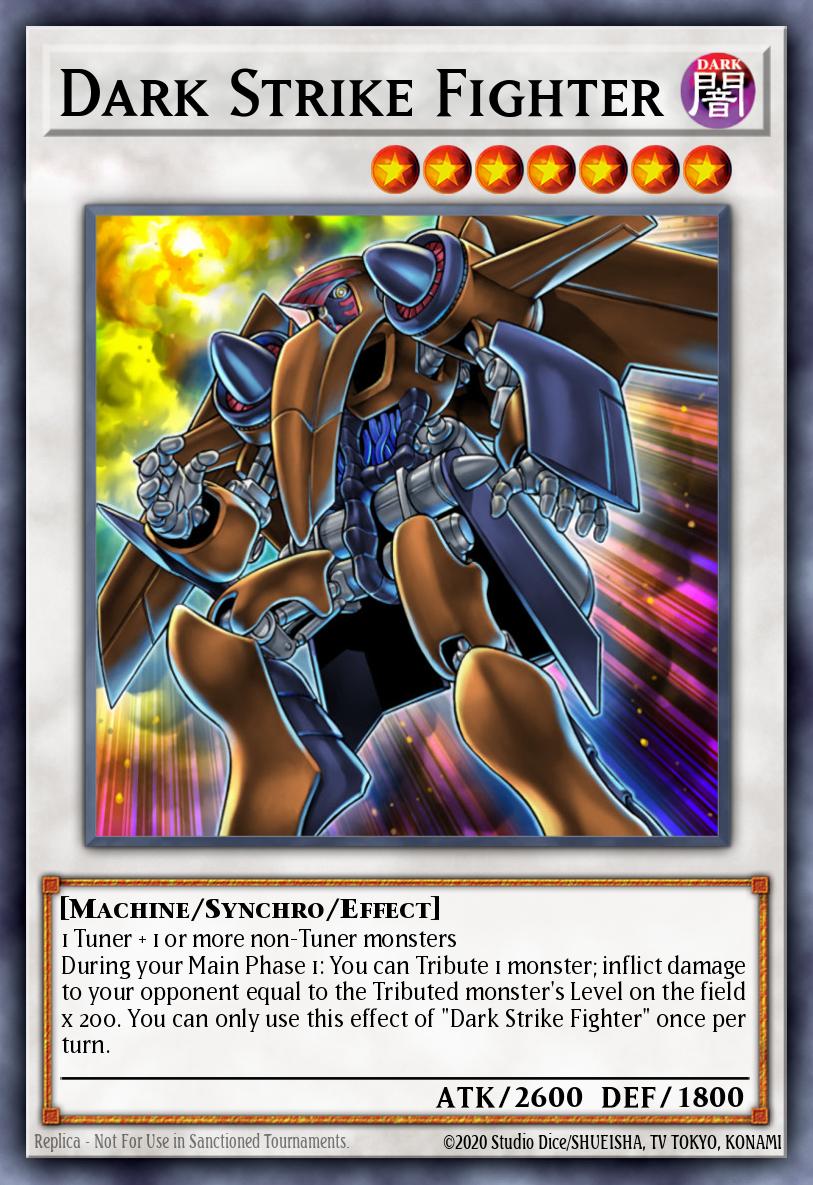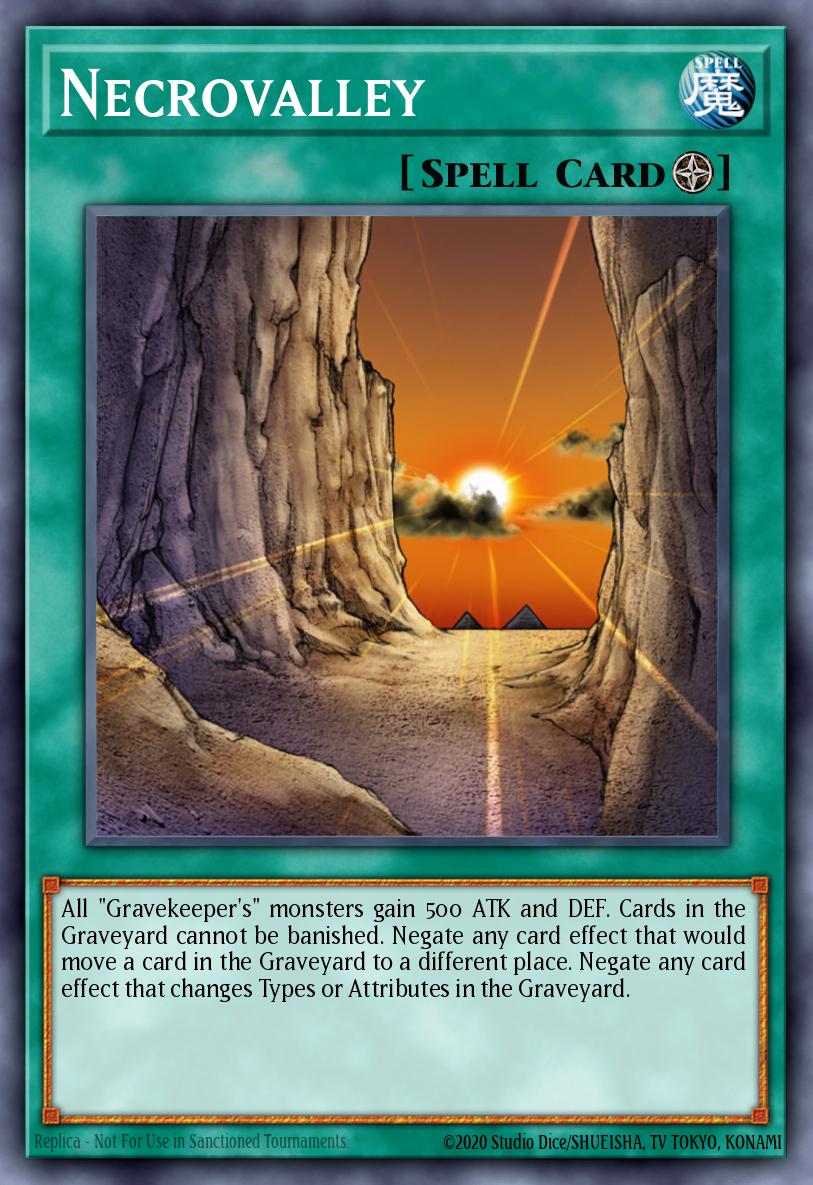I've split this article into 4 sections: summoning mechanics, rule changes, problem-solving card text (PSCT) and card erratas.
Summoning Mechanics
Even as a returning player you should be familiar with the older mechanics of summoning: Normal, Set, Tribute, Tribute Set, Ritual and Fusion summon. These all still fundamentally remain the same however we've had a couple of new ways to special summon our monsters onto the field, as detailed below:
Synchro
Synchro summoning was introduced in 2008 and uses monsters from your field. They can be identified by having a white background (e.g. Stardust Dragon). With Synchros also came along Tuners; these can be identified on the card as it will state "Tuner" next to its type / if it's an effect (e.g. Junk Synchron). In most cases, you will need at least 1 Tuner and 1 Non-Tuner for the Synchro summon of a monster and the levels of both of those original monsters must equal the level of the Synchro monster.
Note: Some Synchros require more tuners or more non-tuners, but the materials required can be seen on the first line of the Synchro monster.
Xyz
Introduced in 2011 as coming from another dimension and being made of anti-matter; hence the black border and ranks replacing levels (e.g. Leviair the Sea Dragon). These are a lot more splash-able then Synchros as they just require monsters of the same level on your field. You can then overlay the 2 together to Xyz summon a monster with the same rank as the level of those monsters e.g. if you overlay 2 level 4 monsters you can Xyz summon a rank 4 monster.
Note: Monsters that are the Xyz materials are not counted as being on the field. So cards like Sangan will not get its effect when it is sent to the graveyard.
Pendulum
Introduced in 2014, this is the most prominent new summoning method that also affected the game mat as it has now included space for 2 Pendulum zones.
Pendulum monsters have 2 color borders - orange and green along with a diamond next to the number of their scale (e.g. Performapal Monkeyboard) and often have 2 effects: Pendulum / Monster. While in hand they are treated as monsters and can be summoned/tribute summoned/set. However, when they leave the field they are sent to the extra deck face-up. While in hand you can activate these cards in your Pendulum zones in which they are treated as Spells. When you have a pendulum monster in each pendulum zone, you can special summon up to 5 monsters from your hand or face-up in your extra deck whose level/rank is between the scales - example if you had a scale 1 and 8 you could special summon monsters with levels/ranks between 2 and 7. Thus if you have to Pendulum summon cards that have the same scale, you won't be able to Pendulum summon.
Below is also a picture explaining the pendulum mechanic:

2017 Mechanic?
With there being a 3-year trend as noticed above, we may see a new mechanic this year especially since we have the latest Yu-Gi-Oh series around the corner.
Rule Changes
During 2014 there were two significant changes in the rulebook:
Turn 1
The player going first no longer gets to conduct a normal draw phase and instead starts with 5 cards in hand.
This was made to make it more appealing to go second as you get to start the game with one more card than your opponent however they get to establish a board/set traps.
Field Spells
There was 2 changes to this:
- Both players can have a Field Spell active.
- If you activate another Field Spell while you already have one, it is sent to the graveyard not destroyed.
Prior to these if your opponent had a Field Spell you could activate your own one to destroy theirs. This was to make Field Spells more appealing and give them more power. Which it certainly it has done as prior to this they were not nearly used as much.
The second change I believe was to stop some shenanigans with Field Spells, e.g. Geartown. It's also worth noting that only some Field Spells now apply to all monsters/cards in play.
Card Errata
There have been several corrections done by Konami in Yu-Gi-Oh's history. Varying reasons include grammatical, adding PSCT, or to balance the card. These can all be found on the Yu-Gi-Oh Wiki. First of all, let's talk about PSCT.
Problem-Solving Card Text (PSCT)
PSCT was introduced in 2011 and is Konami's attempt at making card effects simpler. To the point that all you need to do is apply logic.
Example of Pre-PSCT
Tragoedia
You can Special Summon this card from your hand when you take Battle Damage. This card gains 600 ATK and DEF for each card in your hand. Once per turn, you can send 1 monster from your hand to the Graveyard to take control of 1 face-up monster your opponent controls with the same Level as the sent monster. Once per turn, you can select 1 monster in your Graveyard; this card's Level becomes the same as that monster's, until the End Phase.
After PSCT
When you take battle damage: You can Special Summon this card from your hand. This card gains 600 ATK and DEF for each card in your hand. Once per turn: You can send 1 monster from your hand to the Graveyard, then target 1 face-up monster your opponent controls with the same Level the sent monster had in the hand; take control of that face-up monster. Once per turn: You can target 1 monster in your Graveyard; this card's Level becomes the same as that target's, until the end of this turn.
Doing this they've made quite a few changes, such as terms used along with how their sentences are structured.
Terminology that has changed over time:
- Select -> Target
- Remove from play -> Banish
- When -> If
- Removed from the field -> Leaves the field
It's also worth noting if there's a colon/semi-colon in any card with PSCT than that effect can be chained to (e.g. Chaos Hunter). If there is no colon/semi-colon then that effect cannot be chained to (e.g. Cyber Dragon).
This also leads nicely onto 5 defining cards that have been balanced and worth noting since you may have last played.
Crush Card Virus

CCV has probably the biggest card nerf in Yu-Gi-Oh to date, from outright winning games to not even been mained / very rarely sided.
Originally:
Tribute 1 DARK monster with 1000 or less ATK. Check all monsters on your opponent's side of the field, your opponent's hand, and all cards they draw (until the end of your opponent's 3rd turn after this card's activation), and destroy all monsters with 1500 or more ATK.
As you can see it outright won games and did so over several SJCs until it was banned. Though now it is unlimited and not just a prize card it's been nerfed.
Latest Errata:
Tribute 1 DARK monster with 1000 or less ATK; your opponent takes no damage until the end of the next turn after this card resolves, also you look at your opponent's hand and all monsters they control, and if you do, destroy the monsters among them with 1500 or more ATK, then your opponent can destroy up to 3 monsters with 1500 or more ATK in their Deck.
Hardly a shadow of its former glory while protecting your opponent until the end of the next turn. To add to insult your opponent choosing to destroy up to 3 monsters in the deck pretty sets up their graveyard to or at least gets rid of dead draws.
Dark Magician of Chaos

One of Atem/Yugi's most powerful card and was once defining in the meta when it was being special summoned from either Graveyard using Monster Reborn, then letting you get that Reborn back straight away!
Originally:
When this card is Normal Summoned or Special Summoned successfully, you can add 1 Spell Card from your Graveyard to your hand. A monster that is destroyed by this monster as a result of battle is removed from play instead of going to the Graveyard. When this card is destroyed or removed from the field, it is removed from play.
As you can see originally it was pretty powerful!
Latest Errata:
During the End Phase, if this card was Normal or Special Summoned this turn: You can target 1 Spell Card in your Graveyard; add it to your hand. You can only use this effect of "Dark Magician of Chaos" once per turn. If this card destroys an opponent's monster by battle, after damage calculation: Banish that opponent's monster. If this face-up card would leave the field, banish it instead.
Now you only get the Spell card at the End Phase so you can't play it that turn (unless it's a Quick Play but you only have that End Phase to use it on). This has hurt the playability of the card a lot in the modern era, to the extent even dedicated DM decks don't use this.
Dark Strike Fighter

One of the first Synchros I got, and the finishing monster of the TeleDAD deck. If you couldn't do lethal through battle damage, this surely finished the round.
Originally:
1 Tuner + 1 or more non-Tuner monsters
You can Tribute 1 monster to inflict damage to your opponent equal to its Level x 200.
As you can see you could, it's Cannon Soldier's bigger brother. Tributing your field of DADs and itself to finish a duel off and the cause of many tears.
Latest Errata:
1 Tuner + 1 or more non-Tuner monsters
During your Main Phase 1: You can Tribute 1 monster; inflict damage to your opponent equal to the Tributed monster's Level on the field x 200. You can only use this effect of "Dark Strike Fighter" once per turn.
Now it's just a once-per-turn effect and the last niche I saw for this card was in a Tempest FTK deck that is now legal since we got D/D Lamia! You may see this pop up every now and then.
Ring of Destruction

Another game ender but this time more so from the GOAT era.
Originally:
Destroy 1 face-up Monster Card and inflict Direct Damage equal to the destroyed card's ATK to the Life Points of both you and your opponent.
Pretty basic, self-explanatory and yet very powerful. In a former era of Solemn Judgment at 3, this could sneak in many a victory by itself. So Konami made some changes...
Latest Errata:
During your opponent's turn: Target 1 face-up monster your opponent controls whose ATK is less than or equal to their LP; destroy that face-up monster, and if you do, take damage equal to its original ATK, then inflict damage to your opponent, equal to the damage you took. You can only activate 1 "Ring of Destruction" per turn.
Now not really being a game ender unless your opponent summons a monster with the same attack as their LP count. Which let's face it, hardly happens. Though this does have its niche and often still sees plays in standard chain burn decks.
Necrovalley

Once seen as one of the best, and probably still is, anti-meta field spells. Over the years since its release, it's been changed several times so let's take a look.
Originally:
As long as this card remains face-up on the field, all effects of Magic, Trap and/or Effect Monster Cards that involve Graveyards are negated and neither player can remove cards in the Graveyards from play. In addition, increase the ATK and DEF of all monsters that includes "Gravekeeper's" in their card name by 500 points.
Okay so anything that affects the graveyard is negated and you can't banish anything. Quite self-explanatory really. So several changes later...
Latest Errata:
All "Gravekeeper's" monsters gain 500 ATK and DEF. Cards in either player's Graveyard cannot be banished. Negate any card effect that would move a card in the Graveyard, other than itself, to a different place.
This trimmed the original effect and simplifies it further. Still as powerful as ever.
But there is more! After 6 TCG erratas it may be getting a buff in the TCG later down the line as the OCG are reprinting this in AP20 with the rumored below change:
Negate any card effect that applies to cards in the Graveyard
This excludes the 'other than itself' phrase (beating Paleos / Metalfoe Fusion's recycle / DW Grapha). When/if the TCG get this errata is a mystery, though.
And so this concludes the article. I hope it has been some help to new or returning players to the Yu-Gi-Oh! game.




